In this article, you will learn what is a Furnace? Its Working, Applications, and Types of Furnaces are explained with Pictures.
If you need a PDF file? Just download it at the end of the article.
What is Furnace?
A furnace, also known as a heater, is a device that generates heat in a controlled manner through the combustion of a fuel source to produce thermal energy. This thermal energy is used to heat places such as rooms, buildings, or other structures. In addition, some are used in industrial and commercial settings to process certain materials.
It is mostly used as a major component of central heating systems. They are installed to provide heat to the interior space through intermediate fluid movement, which may be air, steam, or hot water. Electric resistance heating is used in some areas, especially where electricity costs are low or the primary purpose is for air conditioning.
Modern furnaces can be up to 98% efficient and operate without a chimney, and a typical gas furnace is about 80% efficient. One thing to note about furnaces is that they are available in a variety of sizes and not each type is suitable for all applications.
Read Also: What Are Different Types of Pulleys? [Full Guide with PDF]
Working of Furnace
A typical furnace has six main components—the thermostat, gas valve, burner, heat exchanger, blower, and air ducts. The thermostat activates the furnace when the temperature setting goes down. Now, the burner delivers the gas to the heat exchanger when the gas valve is turned on.
It involves air combustion where the air is ignited by a gas fuel supplied through a valve to produce heat. The heat exchanger converts the gas fuel into heat which is distributed through the air ducts in your home.
A separate vent receives the cold air from the home into this system which is then mixed with the hot air from the exchanger and heated to the desired temperature.
The desired heat is passed through a filter to remove dust and debris in the furnace plenum (which connects the furnace to the ductwork). After that, a blower distributes the hot air into the house through air vents/ducts.
Types of Furnace
Below listed are the types of furnaces and their working:
- Natural gas furnace
- Oil furnace
- Electric furnace
- Propane furnace
- Waste oil furnace
- Wood burning furnace
- Dual Fuel Furnace
- Modulating furnace
- Single-stage furnace
- Two-stage furnace
- Bell furnace
- Box furnace
- Forging furnace
- Pit furnace
- Quenching furnace
- Rotary furnace
- Salt bath furnace
- Tempering furnace
Read Also: What are the different types of coupling? [PDF]
#1 Natural Gas Furnace
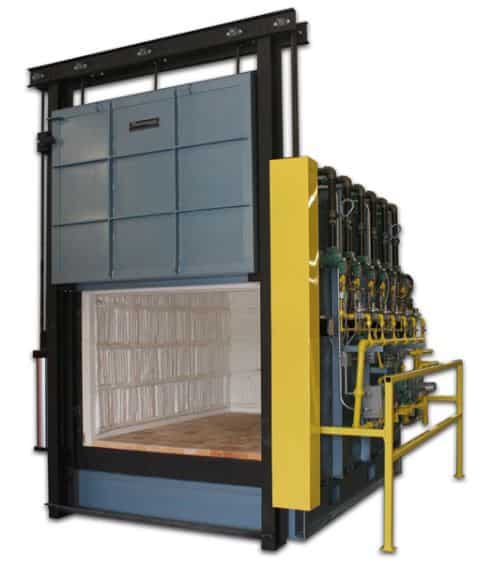
Natural gas furnaces are probably the oldest type and the most commonly used. These use a naturally occurring gaseous mixture of carbon (C) and hydrogen (H) as the main source of fuel. These furnaces do not wear out often, which makes their maintenance much cheaper. It can last up to 25 years with the right care.
Since they use the cheapest fossil fuels, the natural gas furnace in your home significantly cuts electricity bills. The problem of pollution is reduced as it is the cleanest type. It is also capable of generating much heat when burned, allowing you to use smaller amounts to heat your home.
#2 Oil Furnace
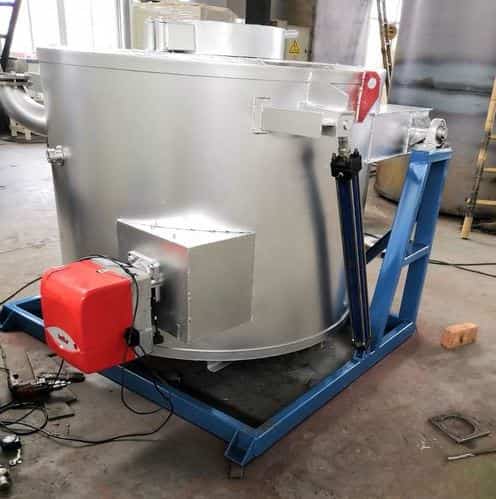
As the name suggests, an oil furnace uses oil as the source of fuel. With these furnaces, the user needs a place to store the oil and also needs to fill the tank regularly. If the tank run out of oil, the furnace will not run.
While the maintenance of this furnace is fairly easy, the build-up of dirt and soot makes them expensive to operate. However, these furnaces come with a lifespan of 30 years and are less expensive than gas furnaces. They are not environmentally friendly, although modern oil furnaces require an AFUE rating of between 80 and 90%.
#3 Electric Furnace
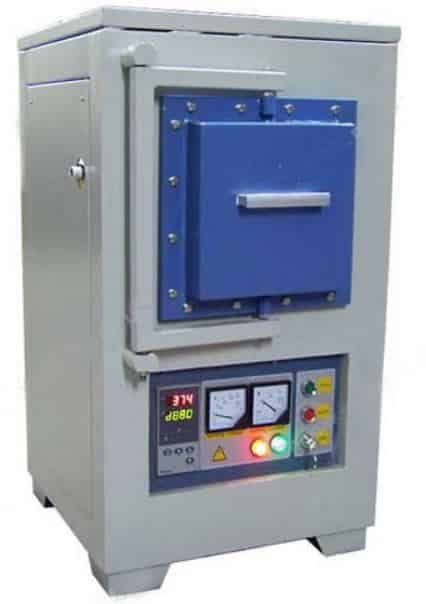
Electric furnaces are the widely used type of furnace because they do not require a gas line. Operating an electric furnace will cost more than either a gas or oil furnace. Despite this, these are more beneficial to both consumers and the environment for several reasons. It is also a cheaper and more efficient choice.
It usually consists of a cabinet containing a blower motor with a heating coil (heat strips) attached. When there is a call for heat from the thermostat, an electric current passes through the heating coils, causing them to become extremely hot. These are easily found in the engineering industry, food industry, chemical industry, laboratories, etc.\
#4 Propane Furnace
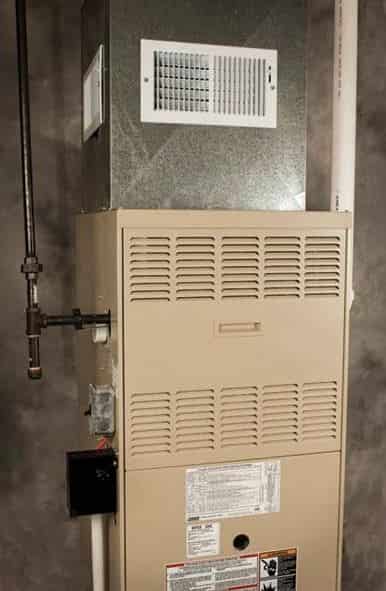
A propane furnace converts liquid propane into a gas that transfers heat to a heat exchanger. This is the popular type because propane does not require a gas line and can be used almost anywhere. They are a great choice because of their benefits like being incredibly safe, more economical, and a warmer option.
In case of a shortage of propane, or if there has been a significant price increase, it can be calibrated to use natural gas as an alternative. When it burns, propane produces more heat than other fuels. As a result, it heats a house quickly.
#5 Waste Oil Furnace
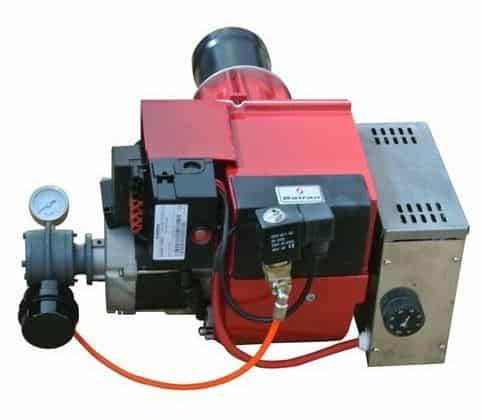
A waste oil furnace typically uses waste oil and converts it into efficient, free heat for your convenience. These types of furnaces use waste oil that can no longer be used to fulfill its original purposes, such as used vegetable oil or automotive oil.
Therefore, it is considered a highly eco-friendly device, recycling oil for the dump. These types eliminate the cost and risk of transporting used oil from your property. In addition, they save floor space and can enable you to enjoy an impressive ROI.
Read Also: What are the types of forging operations?
#6 Wood Burning Furnace
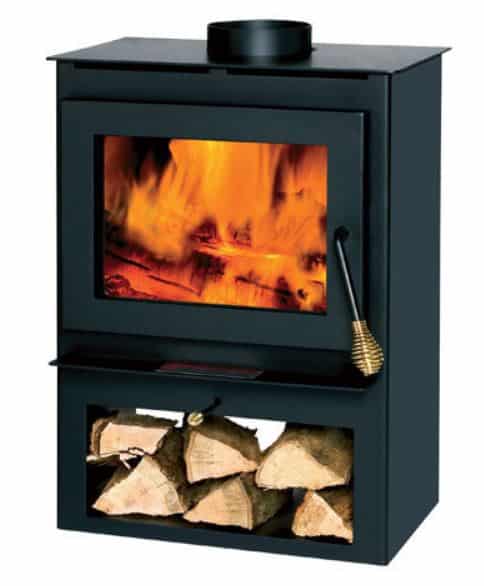
Wood burning furnaces are perfect for homes located in areas where firewood is great. Typically, the furnace consists of a solid metal closed firebox, often lined with fire brick, and one or more air controls (manually or automatically).
Wood burned in a firebox emits heat that spreads through the ductwork, just as it does with gas furnaces. However, these can be of little use, as they have to be manually fed and taken care of from time to time, even if you are using wood pellets. They are quite inconvenient, especially if no one is around when the furnace is in use.
#7 Dual Fuel Furnace
A dual fuel furnace combines an electric heat pump with a gas furnace and alternates between two fuel sources to maximize comfort and efficiency. These types of furnaces are extremely convenient furnaces that function as gas furnaces in cold weather and as heat pumps in normal weather.
Once you go over the initial upgrade and installation cost, these are known to be highly efficient in terms of their energy use and cost-effectiveness. One drawback is that upgrading from a single system to a dual fuel furnace may require some additional costs.
#8 Modulating Furnace
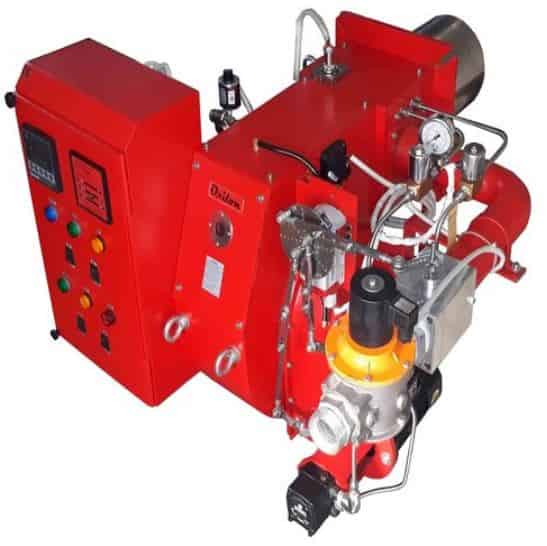
Although modulating furnaces is more expensive, most people consider them worth it because it provides more control over your temperature settings and increased energy efficiency. It adjusts the amount of gas burned so that it reaches the target temperature on the thermostat.
Therefore, it can indicate temperature more accurately. These types of furnaces also have lower energy requirements but you can still get the heat you want. The modulating furnace is less efficient as opposed to single-stage and two-stage furnaces. Still, it is an excellent choice for homes in areas where winters last longer.
#9 Single-stage Furnace
As its name suggests, a single-stage furnace has only come with an “on” setting. This type allows gas to flow at a higher rate and is designed to run at a constant speed and is usually noisy. It doesn’t offer much heating in terms of cost savings per month.
These are perfect for lighter areas as they operate at 80% fuel usage efficiency annually, enough to keep your home warm. However, it is cheaper to install as there is less technology involved in the process. These are very durable, so only minimal furnace repair is required.
#10 Two-stage Furnace
The simple meaning of the two stages is that it has two levels of heat production, high for cold days and low for mild days. It comes with more options than a single-stage furnace because it gives more control over the flow of gas.
It can adjust the power according to the demand of the heating load and operate at 90% annual fuel use efficiency. When it cools down, the thermostat will send a signal, which automatically opens the valve to start the furnace at full power. It provides an extended heat cycle, which means that hot air is spread to make your home more comfortable.
Read Also: What is a rolling mill and how does it work?
#11 Bell Furnace
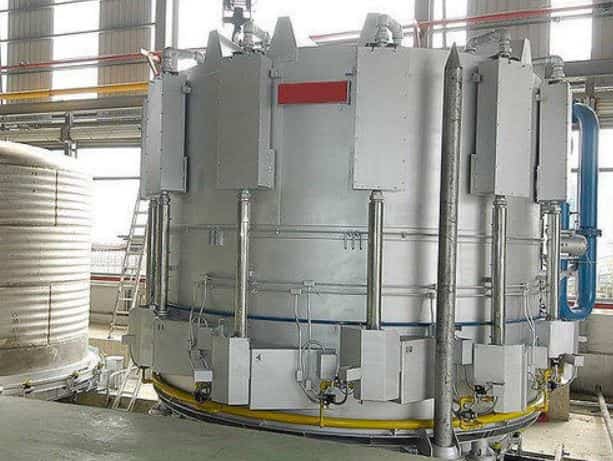
It is an industrial-type furnace typically used for intermittent or batch processes. The function of this furnace is to heat treatment, although they are also used for sintering processes at low temperatures. The hood of this furnace can be raised repeatedly throughout vacuum or controlled atmosphere processes.
This type of furnace is used for tempering, annealing, normalizing, and stress relieving parts made of steel plates. This tool can be used with multiple bases and still provides a reliable seal. The advantage of using bell furnaces is that it provides a safe and economical method of heat treatment.
#12 Box Furnace
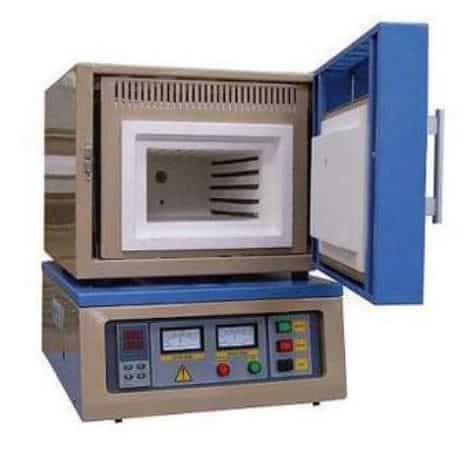
A box furnace has a vertical lift or swing-out door that allows different sized products to be placed in the furnace. They are used for heat treatment, calcining, curing, annealing, stress relieving, preheating, tempering, and other high-temperature thermal processes.
The box furnace is capable of running in both gas and electric version sources available. They are able to treat large quantities of material uniformly, with box furnaces found in laboratory and industrial applications. It is available in tight seal designs that allow excellent pressure control to optimize the use of burners.
#13 Forging Furnace
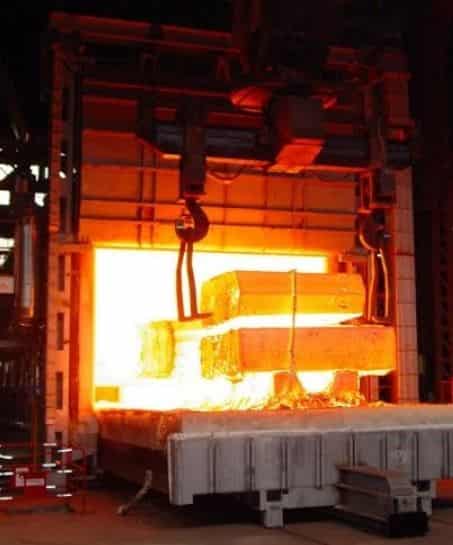
These types work like a pizza oven, forging furnaces are open-hearth furnaces that are typically used for preheating. They transfer heat through radiation to bring metals to a temperature at which they can be forged or stop hardening processes.
Blooms, steel ingots, and some other parts are typically reheated in heavy-duty forging furnaces. They are also available in a forging box manner. In some of these furnaces, the load charge and discharge can be easily controlled.
Read Also: What are Chain Drives? Types Of Chains
#14 Pit Furnace
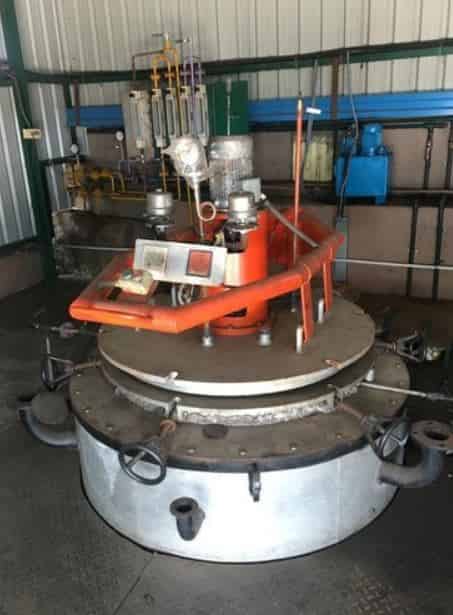
A pit furnace is mostly used to harden alloys such as steel and heat them evenly. It is also used for metallurgical processes that require low temperatures. One of their unique features is that it can produce different temperatures within a safe workroom that has a controlled environment.
These are available in many sizes and can be operated as both gas-fired and electric. These types of furnaces are often seen in automotive and aircraft part manufacturing as well as in machine manufacturing, wind power, and mining.
#15 Quenching Furnace
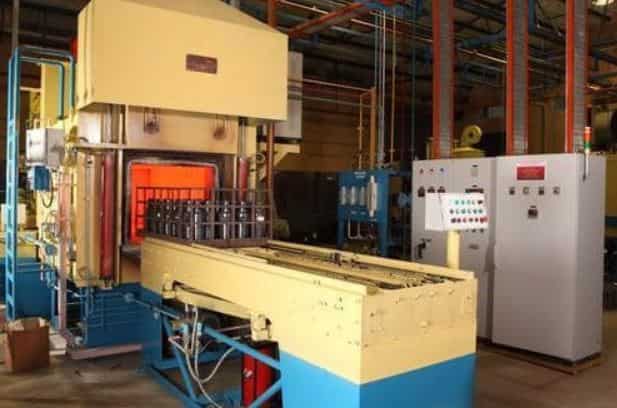
It is an enclosed heating chamber to prevent low-temperature processes such as phase changes. The main purpose of this furnace is to avoid uneven heating and overheating, but tempering techniques can be used to increase the hardness after quenching.
They provide fast controlled cooling to rigid materials. Commonly, bearings, gears, fasteners, and components of agricultural machinery are processed in these furnaces. They are also available in electric or gas-powered models.
#16 Rotary Furnace
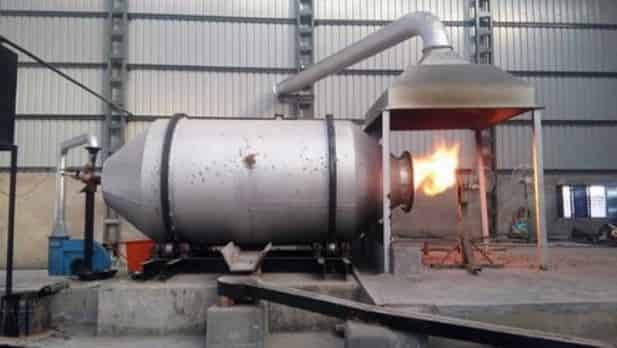
Rotary furnaces are batch furnaces that typically use oxy-fuel burners and limit the number of off-gases. These are typically mounted on a barrel-rotating drive throughout the heating treatment, with a steel-welded barrel lining.
Being extremely heat efficient with easy pressing, these furnaces provide heat uniformity and good material contact. They are available as gas or electricity, in which the flow of the compressed combustion gases is often reversed. These are commonly used in applications such as calcination and oxidation.
#17 Salt Bath Furnace
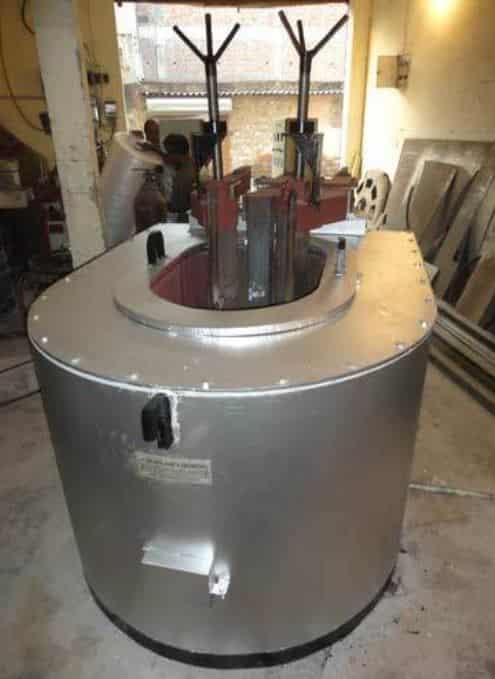
A salt bath furnace is a ceramic or metal container filled with molten salt in which the work is immersed for heating or cooling. They use extremely fast heating to achieve quick results in metals. These are usually electric, although occasionally, they can be gas-powered or heated externally with an electric unit.
They are used for surface treatment without affecting surfaces through carburization or salt nitriding, simple surface cleaning, or neutral temperature changes. The furnace is capable of reaching 2,350 degrees Fahrenheit when needed.
#18 Tempering Furnace
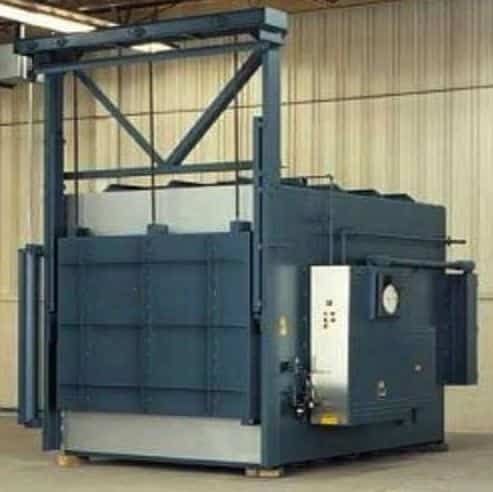
It is a type of industrial oven designed to heat a ferrous metal product and increase its hardness. The heat treating of high-strength materials can affect the formation and energy absorption of the alloy.
Tempering furnaces are used in conjunction with quenching furnaces to reach a balance between elasticity and strength. These types of furnaces maintain a uniform temperature level throughout the chamber to achieve the desired physical characteristics. These furnaces can be of both gas and electric heating and can provide indirect fuel contact.
Closing It Up
Now, I hope I’ve covered everything you were looking for about “Types of Furnaces”. If you still have any doubts or questions regarding this topic, leave a comment below I’ll definitely reply. If you liked it, then share this with your friends.
Want free PDFs direct to your inbox? Then subscribe to our newsletter.
Download PDF of this article:
You might like to read more in our blog:
I am writing to express my appreciation for the informative post you recently published on different types of furnaces, their working, and applications. The post was incredibly informative and provided a comprehensive overview of the different types of furnaces, their uses in various applications, and how they work.
Thanks for your valuable feedback. I’m glad it was helpful for you.